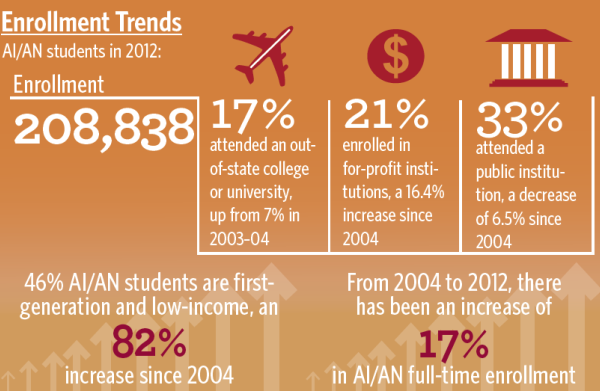
Mapping New Pathways for Native Youth
While 208,838 American Indian and Alaska Native students were enrolled in college in 2012—a 17 percent increase from 2004—46 percent are first-generation and low-income, a population that often struggles with college completion. As the White House gears up for the first Tribal Youth Gathering, Christine Nelson looks at efforts to expand higher education opportunities for these students.
May 26, 2015
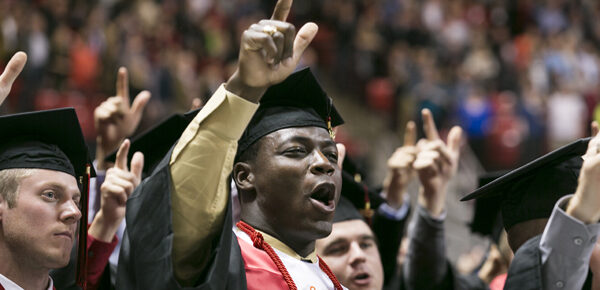
Will Performance-Based Funding Further Disadvantage Disadvantaged Students?
Performance-based funding (PBF) is becoming increasingly popular as an accountability tool to reward higher education institutions for specific student outcomes. Despite its popularity, however, a substantial body of empirical evidence shows PBF can have troubling and unintended impacts. With this in mind, Lyle McKinney and Linda Serra Hagedorn look at the Texas Student Success Points Model.
March 24, 2015

Where Are the Women in STEM?
From decades of widely reported and debated research, we know that women have been enrolling in and graduating from college in greater numbers than men since the 1980s. But there is one area where the increased presence of women is notably missing—the so-called STEM fields: with the greatest disparities occurring in the important fields of engineering and computer science.
March 3, 2015
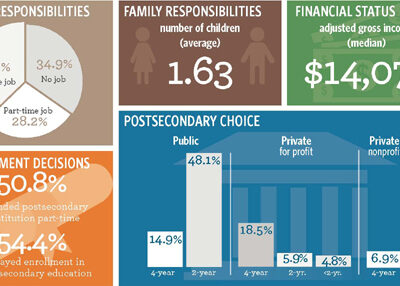
Who’s Missing From This Picture? Single Parent Students
The estimated 3.5 million students who also are single parents are almost always absent from the conversation surrounding higher education. These post-traditional learners now make up 15.2 percent of the undergraduate population, and their numbers are growing. Christopher J. Nellum and Mekaelia Davis discuss the importance of considering their needs.
September 26, 2014
Will the TEACH Act Make Higher Education More Accessible?
Colleges and universities are committed to creating the best possible learning experience for all of their students. In the case of students with disabilities, this means providing accessible campuses and learning materials that support their education. Meeting these goals can be challenging, but we believe that institutions working together with students can determine the best course of action.
September 17, 2014

Dear Colleague…
Sexual assault at colleges and universities is a serious problem. Protecting students is paramount to the mission of all institutions, and we know that sometimes we fail. But to help achieve real change, the federal government must partner with the higher education community on a single, clear set of federal requirements in this area.
August 18, 2014
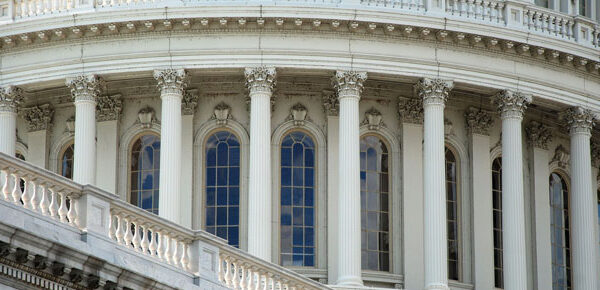
Inertia
As the academic year draws to a close, it’s an appropriate time to briefly recap higher education-related activity on Capitol Hill. ACE Senior Vice President Terry Hartle writes on recent action—or lack thereof—in Congress and the higher education issues waiting in the wings, including President Obama’s college ratings plan.
July 8, 2014
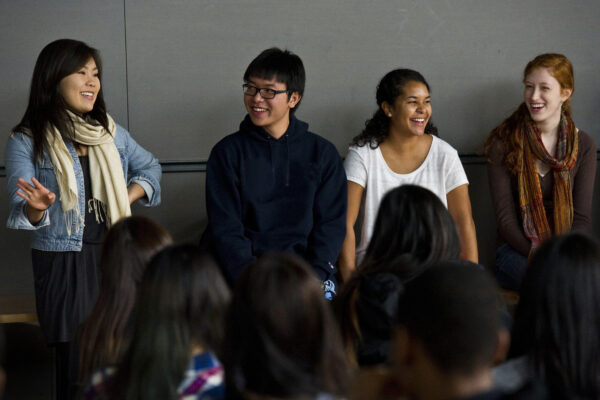
It’s Not Just in the Numbers: Making Campus Diversity Work Post-Schuette
As the legal and political issues continue to unfold over diversity in admissions policies, we have to remember: It doesn’t matter who comes to your campus unless you make sure students are, in fact, benefiting from diverse environments. The mere presence of minority students in a classroom, laboratory, residence hall or elsewhere on campus does not automatically result in educational benefits.
May 12, 2014
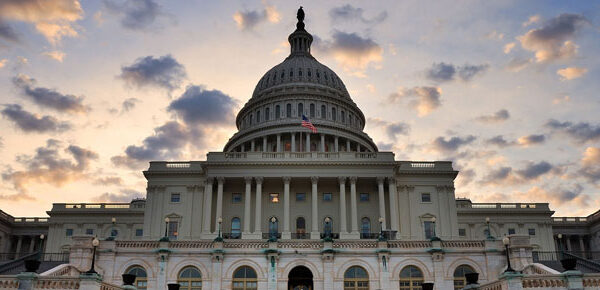
Patent Troll Legislation Could Hinder University Research and Innovation
The ability of universities to continue generating important discoveries and innovations in areas such as health and technology, research that often leads to life-saving inventions such as new drugs or groundbreaking ways to cultivate arid soil in developing countries, may rest on the outcome of a legislative battle now in Congress.
April 28, 2014

U.Va. Climate Change Case Highlights Need to Protect Unpublished Research Data
The high-profile lawsuit involving former University of Virginia professor Michael Mann’s climate change research communiqués has made its way to the Supreme Court of Virginia. The case shines a light on the need for public institutions to examine whether state laws protect them against being compelled to disclose unpublished research data, scholarly communications and other internal documents.
January 27, 2014
Exploding Myths: What’s Right With Regional Accreditation
Regional accreditation—long an overlooked corner of higher education—has lately come under fire from multiple directions. It is time to address these concerns head on, and determine whether the current structure of regional accreditation, organized into six regions and seven accrediting commissions, is worth preserving or whether it is time to try something new, writes Ralph A. Wolff.
January 14, 2014
The Times Takes on STEM. What Can Higher Ed Do?
The New York Times editorial board recently took on the issue of diversity—or the lack thereof—in science, technology, engineering and mathematics (STEM) as part of a larger education series. So What role should higher education play in broadening STEM participation?
December 19, 2013